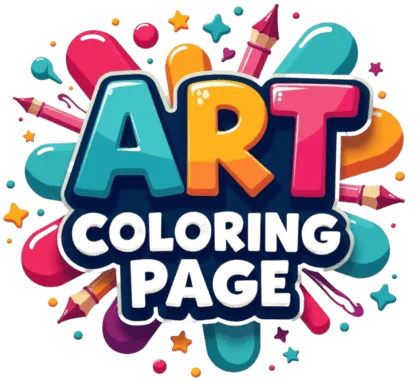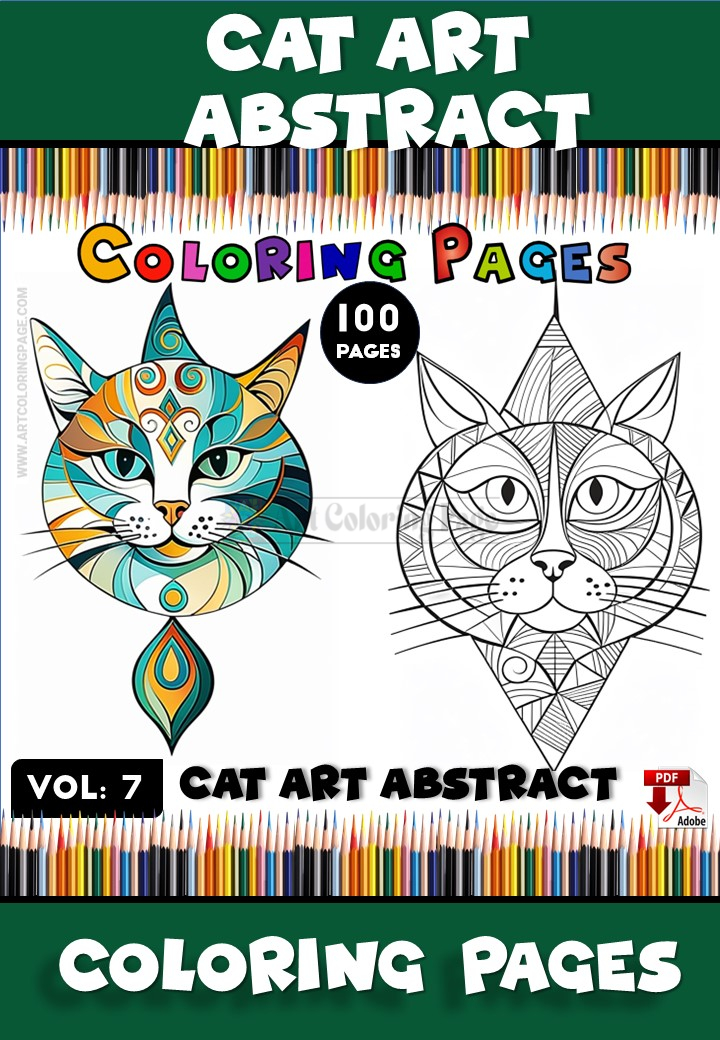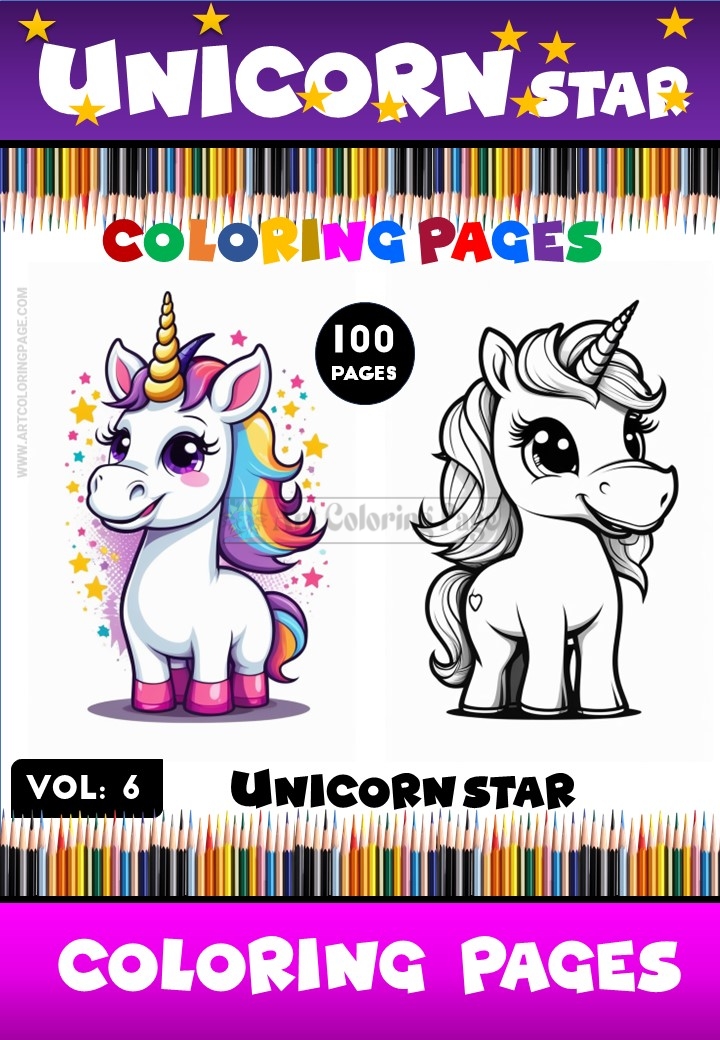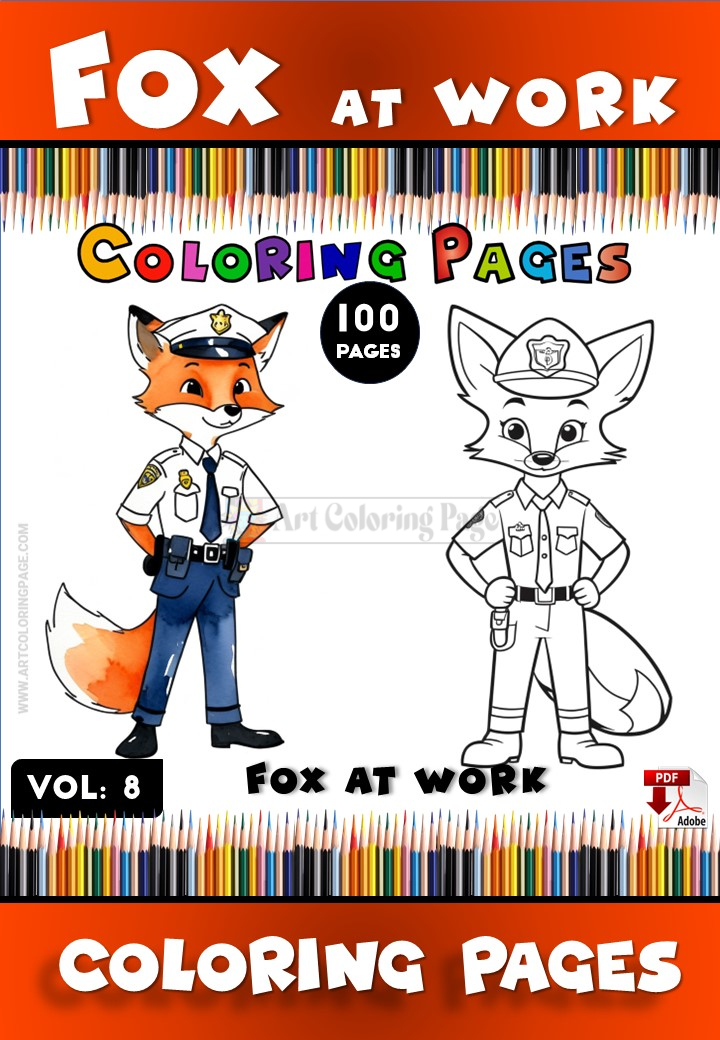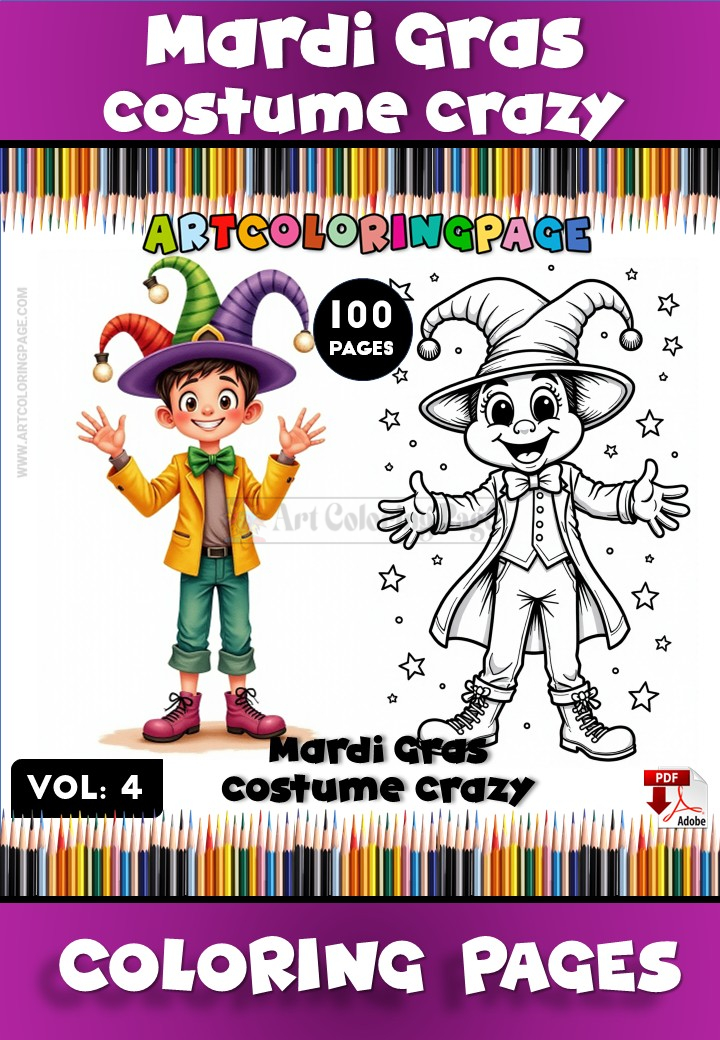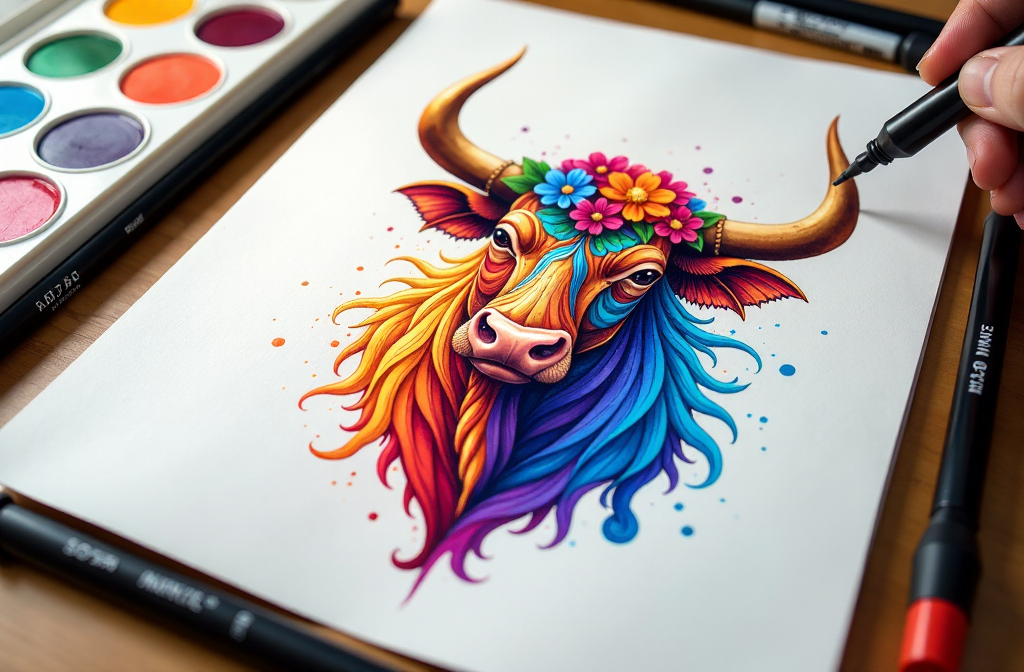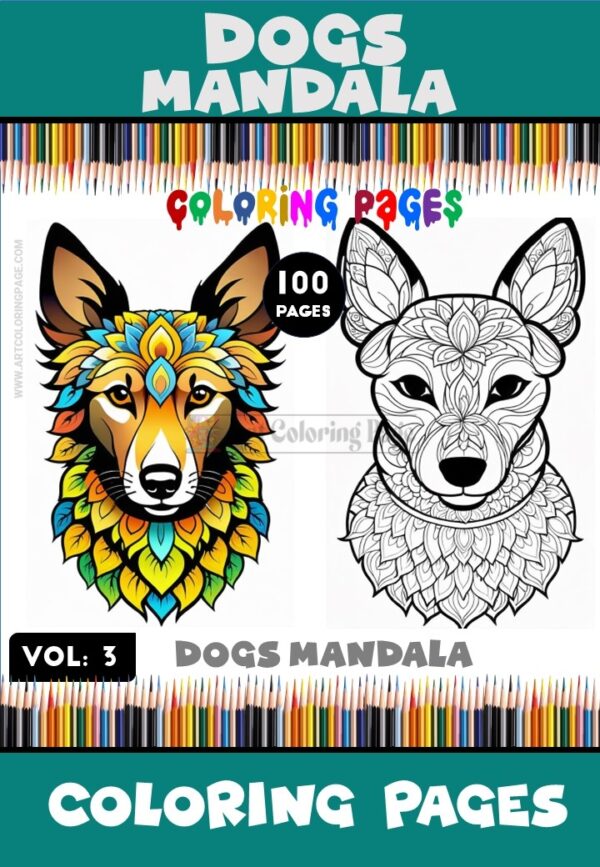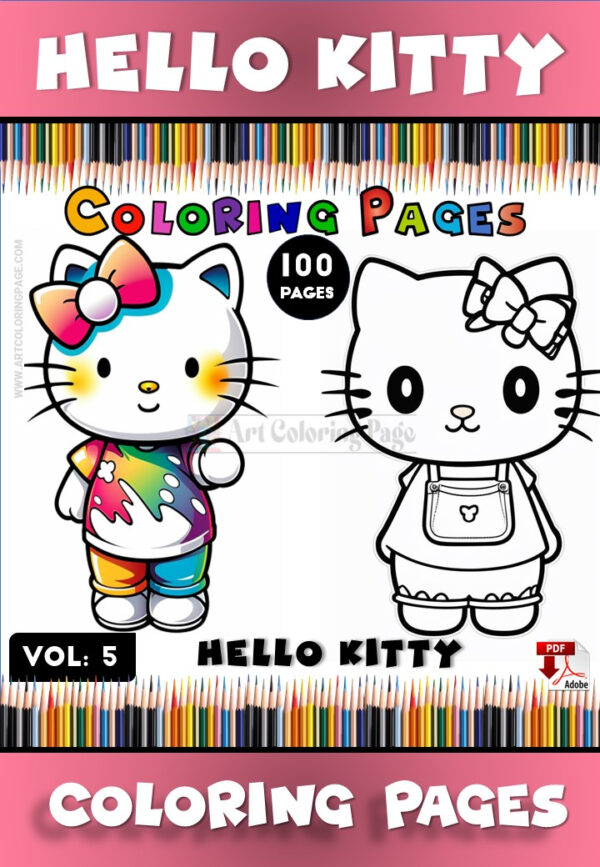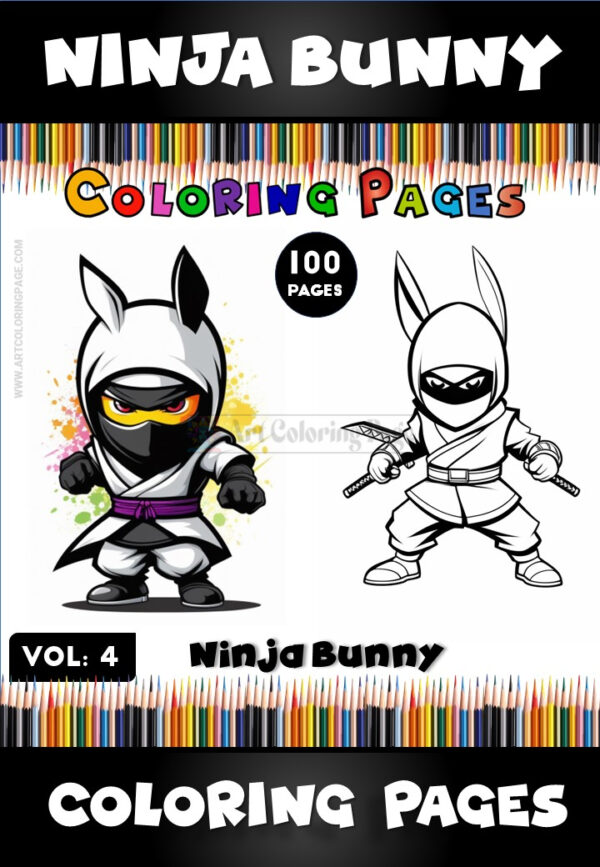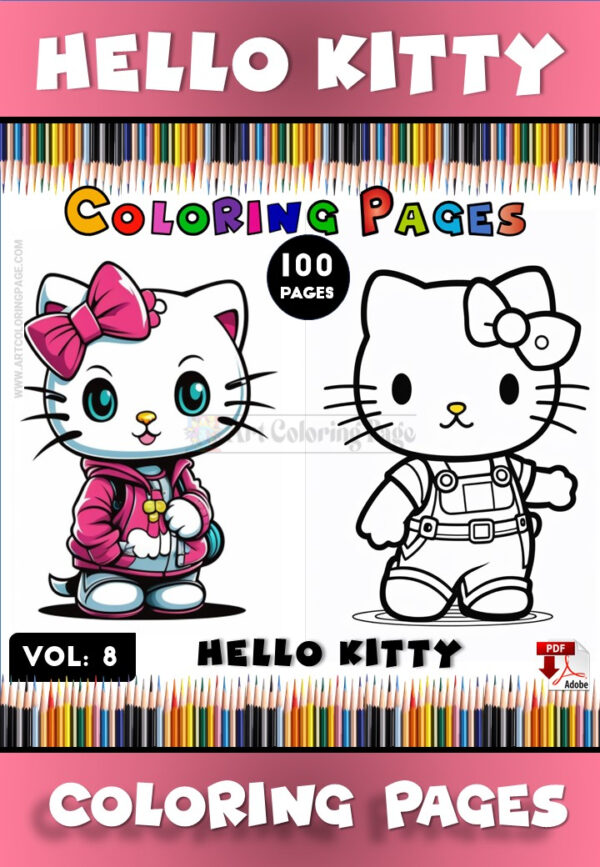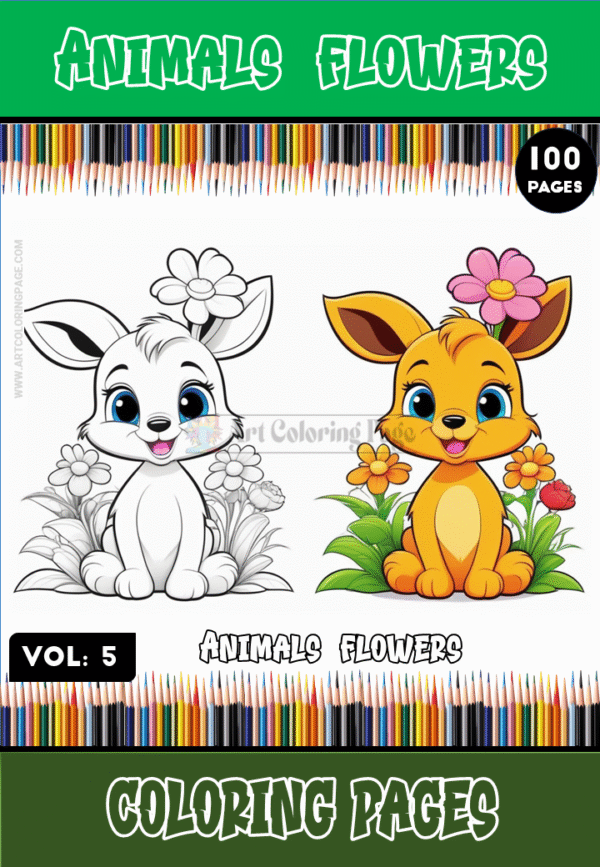Blogs coloring page
Spark Kids’ Imagination with coloring pages to print for all age
In a world that increasingly prizes innovation and imaginative problem-solving, the cultivation of creativity from a young age has never been more critical. While often perceived as a simple pastime, the act of engaging with coloring pages to print for all age groups offers a surprisingly profound and accessible pathway to nurturing imagination and fostering artistic expression. Far from being a mere exercise in filling in predefined spaces, coloring can serve as a dynamic catalyst for cognitive development, emotional articulation, and the blossoming of unique creative voices. This article delves into the multifaceted role that printable coloring sheets play in stimulating creativity, enhancing color recognition, and encouraging artistic expression, not just in young children, but across a spectrum of ages, demonstrating their enduring value as tools for developmental growth.
I. Defining Creativity and Imagination: The Twin Pillars of Innovation
Before exploring how coloring nurtures these faculties, it’s essential to understand what creativity and imagination entail and why they are so vital.
- Imagination: At its core, imagination is the cognitive capacity to form mental images, ideas, concepts, or narratives of things not present to the senses. It’s the ability to envision possibilities, to step outside the immediate reality, and to explore “what if” scenarios. For a child, this might mean seeing a castle in a cloud or a dragon in a coloring page outline. For an adult, it could be envisioning a new product or a solution to a complex societal problem.
- Creativity: Creativity is the practical application of imagination. It’s the process of transforming imaginative thoughts into tangible outcomes – be it a piece of art, a story, a solution, or an invention. Creativity involves originality, novelty, and the ability to connect disparate ideas in meaningful ways.
- The Symbiotic Relationship: Imagination fuels creativity. Without the ability to imagine alternatives or new combinations, creative output would be limited. Conversely, engaging in creative acts often stimulates further imaginative thought. They are intertwined processes, each strengthening the other.
- Importance Across All Ages: These skills are not just for artists or inventors. Imagination and creativity are crucial for everyday problem-solving, critical thinking, adaptability, emotional intelligence, and personal fulfillment. They allow individuals of all ages to navigate challenges, express themselves, and contribute meaningfully to their communities. Coloring pages to print for all age groups can play a role in keeping these vital skills active and engaged.
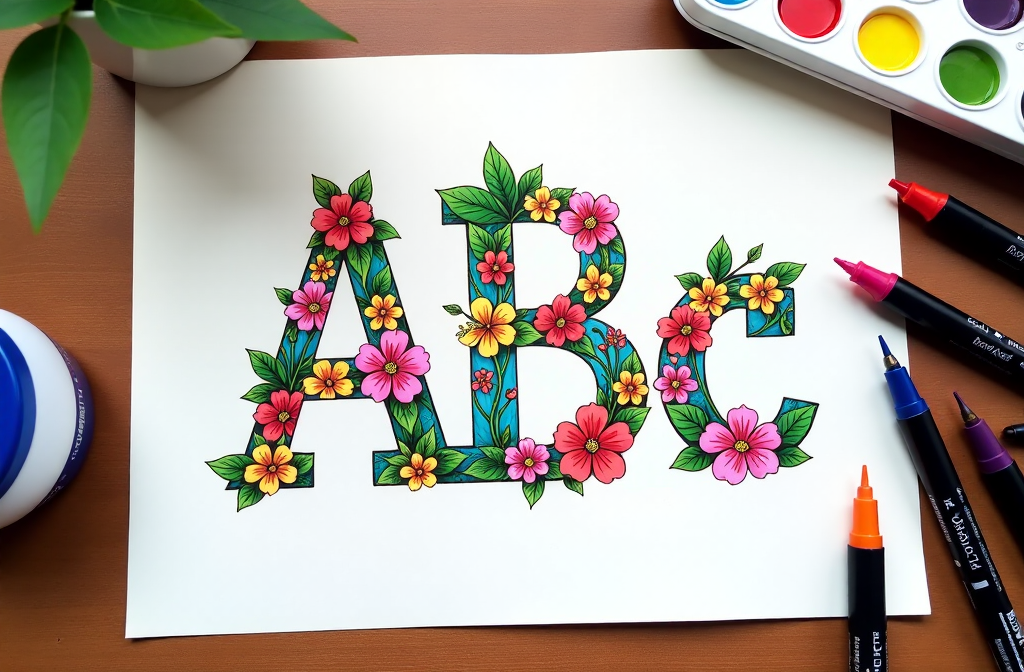
II. The Coloring Page: A Launchpad for Budding Imaginations (Especially in Early Years)
For young children, the world is a canvas of discovery, and coloring pages can be a significant part of this exploration, providing a structured yet open-ended invitation to imagine.
A. The Outline as an Invitation, Not a Confine:
The pre-drawn lines on a coloring page might seem restrictive to some, but for a child, they often provide a comforting starting point. This structure can reduce the intimidation of a completely blank page, making it easier to begin the creative journey.
- Interpreting the Image: Even a simple outline of an animal or a character invites interpretation. Is the cat happy or mischievous? Where is the astronaut going? Children begin to imbue these images with meaning and context drawn from their own experiences and imaginative wanderings.
- Narrative Spark: Coloring pages to print for all age groups, especially those depicting scenes or characters, can act as powerful story starters. As a child colors, they might simultaneously weave a narrative around the image. The act of coloring becomes intertwined with storytelling, with each color choice and stroke adding a new layer to their imagined tale. This process strengthens narrative skills and sequential thinking.
B. Color: The Vibrant Language of Childhood Imagination:
Color is one ofthe earliest and most intuitive forms of expression for children. Their choices are often deeply connected to their emotions, perceptions, and the stories unfolding in their minds.
- Emotional Expression: A child might choose bright, cheerful colors when feeling happy, or darker, more subdued tones when feeling contemplative or sad. The freedom to select any color for any part of the image allows for a non-verbal outpouring of their inner world.
- Beyond Realism: Young children are often unconstrained by the “correct” colors for objects. A purple sun, a blue dog, or a rainbow-striped tree are perfectly acceptable in their imaginative realm. This departure from realism is a hallmark of creative thinking, demonstrating a willingness to experiment and see the world in new ways. Coloring pages to print for all age levels should encourage this freedom.
- Symbolic Play: Colors can take on symbolic meanings. A red patch might represent fire or anger, while a green area could be a lush forest or a feeling of calm. This symbolic use of color is a sophisticated imaginative act.
C. The Evolution of Imaginative Engagement:
As children grow, their interaction with coloring pages evolves, reflecting their developing cognitive and imaginative capacities.
- Early Exploration (Toddlers): Initially, coloring is a sensory and motor experience. The focus is on the feel of the crayon, the visual impact of the mark, and the joy of movement. Imagination is present in the playful exploration of “what happens if I do this?”
- Emerging Intentionality (Preschoolers): Children begin to make more deliberate choices. They might decide “this will be a red car” or “I’m making a house for the bear.” Their coloring starts to reflect more complex imaginative scenarios. They might also begin to add their own simple drawings around or within the coloring page – a sun in the sky, grass underfoot.
- Developing Complexity (Early Elementary): Narratives become more elaborate. Children might assign personalities and roles to characters in the coloring page. They may also become more interested in accurately representing their imaginative ideas through more detailed coloring and additions.
III. Igniting Creativity: Artistic Expression Through Coloring
Creativity is not just about having ideas; it’s about bringing them to life. Coloring pages provide a readily accessible medium for this artistic expression, allowing individuals of all ages to engage in the creative process.
A. Freedom Within Structure: The Coloring Page Paradox:
The inherent structure of a coloring page – its lines and defined spaces – can paradoxically foster creativity.
- Lowering the Barrier to Entry: For many, especially those who feel they “can’t draw,” a blank page can be daunting. A coloring page provides a scaffold, reducing the anxiety associated with starting from scratch and making the creative process more approachable.
- Focus on Creative Choices: With the basic outline provided, the individual can focus their creative energy on other artistic decisions: color selection, shading techniques, texture creation (even with simple tools like crayons by varying pressure or stroke), and overall composition of color.
B. Cultivating an Aesthetic Sensibility:
Engaging with coloring pages to print for all age groups exposes individuals to a variety of artistic styles, from simple cartoons to intricate patterns and realistic depictions.
- Visual Literacy: Through coloring, individuals implicitly learn about line, shape, form, and pattern. They begin to develop an eye for what looks visually appealing to them.
- Experimenting with Harmony and Contrast: The act of choosing colors that “go together” or create a striking contrast is an informal lesson in color theory. They learn how different color combinations can evoke different moods or effects.
- Developing Personal Style: Over time, individuals may develop preferences for certain color palettes, styles of coloring (e.g., bold and flat, or soft and blended), or types of imagery. This is the beginning of a personal artistic style.
C. Beyond the Lines: Encouraging Originality:
True creative engagement with coloring pages often involves transcending the printed outlines.
- Adding Personal Touches: Encouraging individuals to add their own details – a background scene, extra characters, patterns within shapes, or even altering existing elements – transforms the coloring page from a passive activity to an active co-creation.
- A Springboard for Drawing: Coloring can inspire confidence to try drawing. After coloring a character, a child might feel encouraged to try drawing that character themselves, or to create their own original scenes inspired by the themes in the coloring pages.
D. The Intrinsic Joy of Creation:
The act of creating something tangible and visually pleasing is inherently rewarding. This intrinsic motivation is a powerful driver of continued creative engagement. Coloring offers a space for focused, mindful activity that can lead to a sense of accomplishment and pride, regardless of age.
IV. The Spectrum of Understanding: Color Recognition and Its Creative Impact
Color recognition is a fundamental aspect of visual literacy and plays a significant role in creative development. Coloring pages to print for all age groups are excellent tools for this.
A. Learning and Differentiating Colors:
For young children, coloring is a primary way they learn to identify, name, and differentiate various colors. Associating the word “blue” with the act of coloring the sky blue, or “red” with a fire truck, solidifies this learning.
B. Intuitive Understanding of Color Relationships:
While formal color theory might come later, coloring provides practical experience with how colors interact.
- Mixing and Blending: Children might discover that coloring yellow over blue makes green, or that layering colors can create new shades and depths.
- Contrast and Complement: They intuitively learn which colors stand out against each other and which create a more harmonious blend. This experiential learning is crucial for developing a sophisticated color sense.
C. Color as a Conveyor of Mood and Emotion:
Understanding that colors can evoke feelings is a key aspect of artistic expression.
- Warm vs. Cool Colors: Children might associate warm colors (reds, oranges, yellows) with energy, happiness, or warmth, and cool colors (blues, greens, purples) with calmness, sadness, or nature.
- Intentional Use: As they mature, individuals can use this understanding more intentionally in their coloring to convey a specific mood or atmosphere in their artwork, adding another layer to their creative expression.
V. Coloring Across the Ages: Adapting the Creative Spark
The beauty of coloring pages to print for all age groups lies in their adaptability. The way individuals engage with them and the creative benefits they derive can evolve significantly.
A. Early Childhood (Ages 2-6): The Age of Wonder and Play
- Creative Focus: Sensory exploration, basic color naming, imaginative storytelling through color choices, developing motor skills that support creative acts.
- Page Types: Large, simple shapes (animals, vehicles, basic objects), thick outlines, minimal detail. The emphasis is on freedom of expression rather than precision.
- Nurturing Imagination: Encourage naming colors, talking about what they are coloring, and telling stories about the picture. “What sound does this red lion make?”
B. Middle Childhood (Ages 7-12): Developing Skills and Personal Expression
- Creative Focus: More detailed artistic expression, experimenting with shading and blending, developing personal color preferences, creating more complex narratives, adding original details.
- Page Types: More intricate designs (fantasy scenes, detailed animals, patterned mandalas for older children in this range), scenes with multiple elements, pages that allow for more nuanced color choices.
- Nurturing Imagination: Ask about their choices: “Why did you choose those colors for the dragon’s scales?” Encourage them to design backgrounds or add new characters to the scene.
C. Adolescence (Ages 13-18): Self-Discovery and Sophisticated Expression
- Creative Focus: Using coloring for self-expression, stress relief, exploring complex themes or abstract concepts through color, detailed artistic rendering, and developing a more refined personal style.
- Page Types: Highly intricate mandalas, zentangle-inspired patterns, abstract designs, pages based on pop culture, nature, or fantasy themes that appeal to their interests. Coloring pages to print for all age groups must include options that feel mature and engaging for teens.
- Nurturing Imagination: Coloring can be a meditative practice that allows for introspection and imaginative wandering. They might use coloring to visualize concepts or simply as a way to decompress and let their minds roam freely.
D. Adulthood: Reconnecting with Creativity and Mindfulness
- Creative Focus: Stress reduction, mindfulness, a low-pressure way to re-engage with creative instincts, detailed work, and appreciation for aesthetics.
- Page Types: Complex mandalas, nature scenes, geometric patterns, artistic reproductions. The adult coloring book boom highlighted a widespread desire for accessible creative outlets.
- Nurturing Imagination: For adults, coloring can unlock dormant creativity, provide a break from analytical thinking, and allow for a playful exploration of color and form, often leading to new insights or a refreshed perspective.
VI. Practical Strategies for Maximizing Creative Potential Through Coloring
Parents, educators, and individuals themselves can enhance the creative benefits derived from coloring pages to print for all age groups with a few simple strategies:
- Offer Variety: Provide a diverse selection of coloring pages catering to different interests, themes, and complexity levels.
- Supply Diverse Tools: Go beyond basic crayons. Offer colored pencils (various hardnesses), markers (fine tip, brush tip), gel pens, pastels, or even watercolors for use with appropriate paper. Different tools inspire different techniques and outcomes.
- Encourage Storytelling: Prompt children (and even older individuals) to tell a story about the picture they are coloring. What is happening? What will happen next?
- Ask Open-Ended Questions: Instead of just praising neatness, ask about their choices: “What made you choose that color?” “What does this picture make you think about?”
- Value Process Over Product: Emphasize the joy of creation and self-expression rather than striving for a “perfect” result. Create a non-judgmental atmosphere where experimentation is encouraged.
- Promote “Beyond the Lines” Thinking: Actively encourage adding details, backgrounds, or even creating companion drawings. Suggest using the coloring page as a starting point for a larger art project.
- Integrate with Other Learning: Use coloring pages thematically to reinforce learning in other areas (e.g., coloring historical figures, scientific diagrams, or scenes from literature).
- Model Creative Engagement: If appropriate, color alongside children or engage in your own creative pursuits. Enthusiasm is contagious.
Conclusion: The Enduring Magic of Color and Imagination coloring pages to print for all age
The humble coloring page to print for all age groups is far more than a simple diversion. It is a powerful, accessible, and versatile tool for nurturing the vital human capacities of imagination and creativity. From a toddler’s first joyous scribbles to an adult’s meditative engagement with intricate patterns, coloring provides a unique space for exploration, expression, and cognitive growth. It helps individuals learn the language of color, translate their inner visions into tangible forms, and develop the confidence to experiment and innovate.
By understanding and actively fostering the creative potential inherent in this timeless activity, we can help individuals of all ages unlock their imaginative powers, enhance their artistic sensibilities, and cultivate a lifelong love for the creative process. In a world that demands adaptability and fresh perspectives, nurturing imagination is not a luxury but a necessity, and the simple coloring page remains a wonderfully effective ally in this crucial endeavor.
